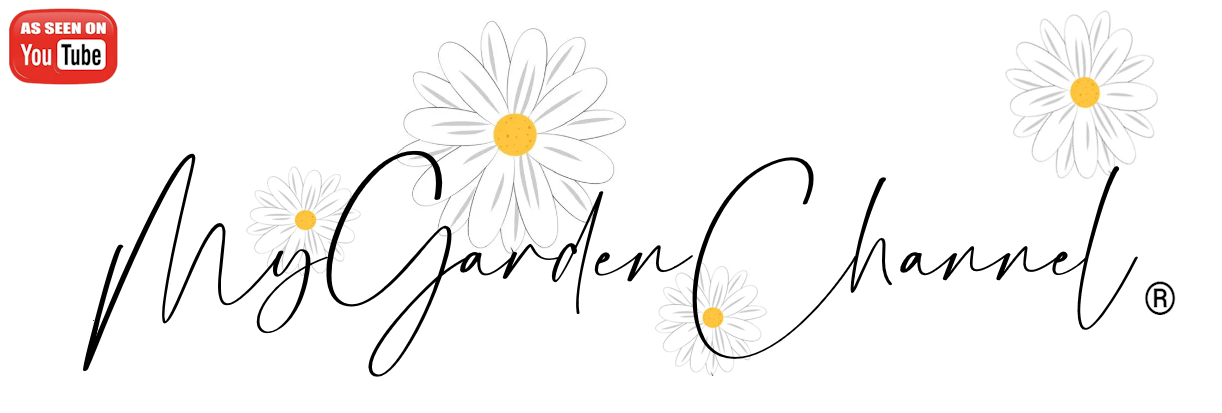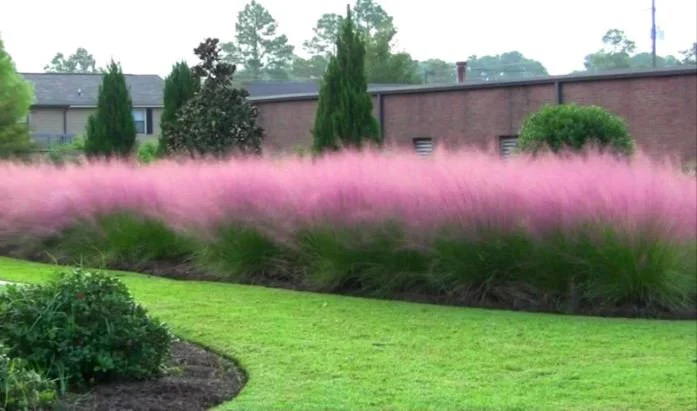Pink Cloud Grass (Muhlenbergia capillaris), also known as Pink Muhly Grass, is a beautiful ornamental grass renowned for its soft, fluffy pink flowers that resemble clouds in late summer and fall. It’s a versatile and hardy plant, adding texture and color to gardens. Here’s a care guide to help you grow and maintain this stunning grass:
Light:
- Full Sun: Pink Cloud Grass thrives in full sun. It needs at least 6 hours of direct sunlight per day to produce its iconic pink cloud-like blooms.
- Tolerates Partial Shade: While it prefers full sun, it can tolerate some light shade, though flowering may be less abundant.
Watering:
- Drought-Tolerant: Once established, Pink Muhly Grass is highly drought-tolerant and requires little water. However, it does best with regular watering, especially during prolonged dry spells.
- Watering Frequency: Water the plant deeply when the soil is dry to a depth of a few inches. Avoid overwatering, as it can lead to root rot.
Soil:
- Well-Drained Soil: Pink Cloud Grass prefers well-drained soil, whether sandy, loamy, or clay. Good drainage is essential to prevent water from sitting around the roots.
- Soil pH: It thrives in slightly acidic to neutral soil (pH 6.0 to 7.5), though it is adaptable to a variety of soil types.
Temperature:
- Hardy in Zones 6-9: Pink Muhly Grass is hardy in USDA zones 6-9, which means it can tolerate cold winters (down to about 0°F or -18°C) but is best suited for regions with mild winters.
- Warm Weather: It thrives in warm climates and produces the most vibrant blooms when grown in warmer temperatures.
Fertilizing:
- Light Fertilization: Pink Cloud Grass doesn’t need heavy fertilization. You can apply a slow-release fertilizer in early spring to encourage healthy growth.
- Avoid Over-Fertilizing: Too much fertilizer can cause excessive foliage growth at the expense of flowering, so it’s better to under-fertilize than overdo it.
Pruning:
- Cutting Back in Spring: In late winter or early spring, cut back the previous season’s growth to the ground before new growth begins. This helps maintain the plant’s shape and encourages fresh, healthy growth.
- Deadheading: Unlike many other plants, Pink Muhly Grass doesn’t require deadheading since the flowers are a one-time display. However, cutting back the foliage in spring is important for the plant’s health.
Pests and Problems:
- Pest-Free: Pink Cloud Grass is generally pest-resistant. However, occasionally, it may attract pests such as aphids or scale. Regular inspection and gentle insecticidal soap can take care of most pests.
- Diseases: It is generally disease-resistant but can suffer from fungal diseases like rust if overwatered or planted in poorly drained soil. Ensure good air circulation and avoid excessive moisture around the base of the plant.
Growth and Size:
- Mature Size: Pink Muhly Grass typically grows to 3-4 feet tall and wide, with its fluffy pink blooms reaching about 2-3 feet above the foliage.
- Growth Habit: It forms a graceful, arching mound of narrow, green leaves that turn golden in the fall, creating a striking contrast with the pink blooms.
- Flowering: The plant blooms in late summer to early fall, creating a soft, airy cloud of pink flowers that can last for several weeks.
Propagation:
- Division: You can propagate Pink Muhly Grass by dividing the clumps every 2-3 years in early spring before the new growth starts. Simply dig up the plant, separate the clumps, and replant them.
- Seed Starting: It can also be grown from seed, though this may take longer and may not produce blooms for a couple of years.
Special Tips:
- Perfect for Wildflower Gardens: Pink Cloud Grass is a great addition to naturalized or wildflower gardens. It pairs well with other native grasses, perennials, and shrubs.
- Complementary Plants: It looks stunning when combined with other warm-season plants like coneflowers, black-eyed Susans, or other grasses. Its pink blooms contrast beautifully with golden, purple, and green plants.
- Attracts Pollinators: Pink Cloud Grass is a great choice for attracting pollinators like bees and butterflies, particularly when it’s in bloom.
- Winter Interest: In winter, the plant’s dried seed heads and feathery foliage provide attractive texture, so leave the plant standing for winter interest.
By following these care guidelines, Pink Cloud Grass will thrive and provide a striking visual effect in your garden. Its delicate pink blooms and graceful growth habit make it an excellent choice for creating a soft, naturalistic look or as a feature plant in more formal landscapes.
Proudly powered by WordPress






